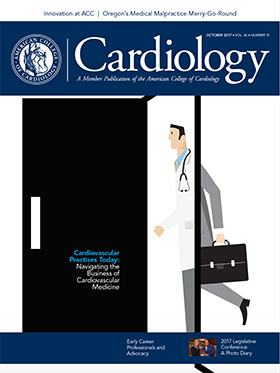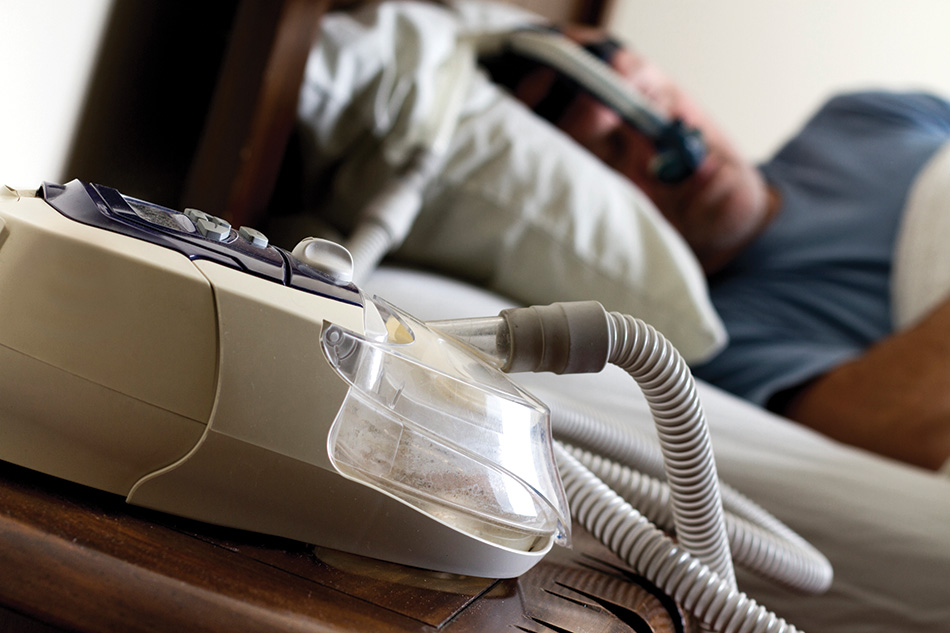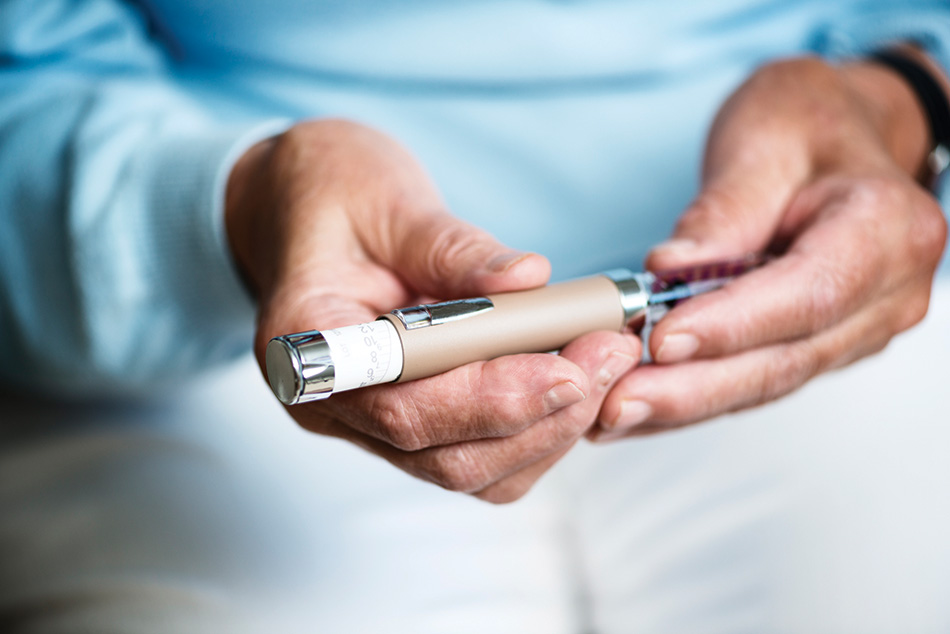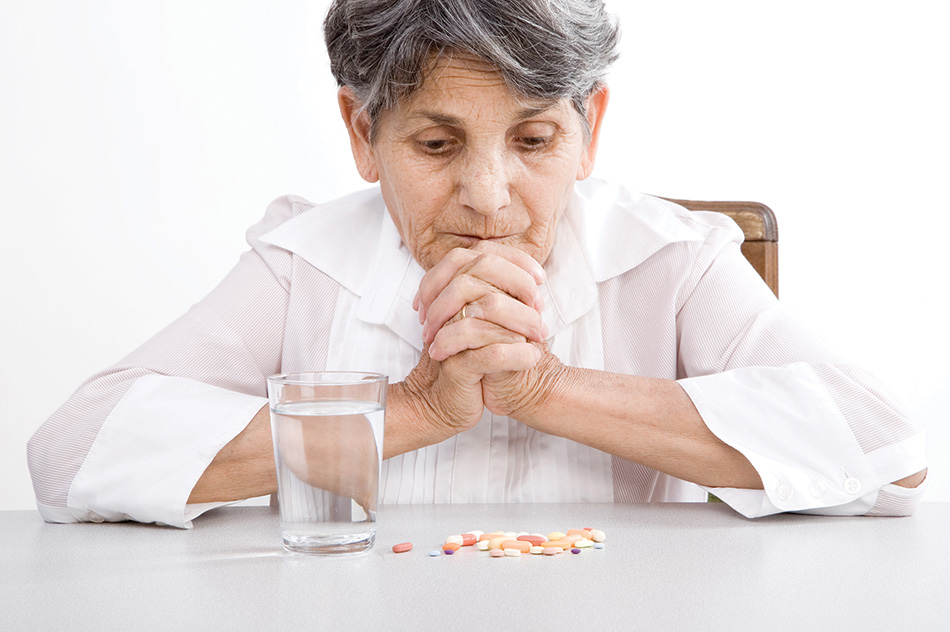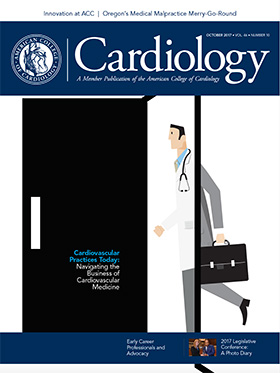Patients with atrial fibrillation (AFib) and diabetes have worse AFib symptoms, lower quality of life, higher mortality and higher hospitalization rates than AFib patients without diabetes, according to a study published in the Journal of the American College of Cardiology.
Patients with diabetes vs. those without had a higher risk of stroke and bleeding (p < 0.001 for both). They also had greater functional impairment, more dyspnea and fatigue and lower overall median Atrial Fibrillation Effect on Quality of Life scores. The use of anticoagulants was greater in diabetes.
On multivariate analysis, diabetes was associated with a higher risk of all-cause death, both among patients <70 years (adjusted hazard ratio [HR], 1.63; p = 0.033) and those ≥70 years of age (adjusted HR, 1.25; p = 0.001). Additionally, diabetes was associated with a significantly increased risk of cardiovascular death, non-cardiovascular death, sudden cardiac death, all-cause and cardiovascular hospitalization, and non-cardiovascular, non-bleeding hospitalization.
The investigators did not find an increased risk of thromboembolic events, AFib progression or incident heart failure with diabetes.
“Among patients with AFib in this nationwide cohort, the prevalence of diabetes mellitus was 30 percent, emphasizing the importance of diabetes screening in patients diagnosed with AFib,” the authors write. “Future studies are warranted to explore ways to mitigate this mounting problem, which could exponentially worsen in the years to come given the growing diabetes epidemic,” the authors conclude.
Zachary T. Bloomgarden, MD, et al., comment that some of the findings “offer grounds for optimism.” The observation that patients with diabetes were more likely to receive anticoagulation may explain the lack of a difference in thromboembolic events; the absence of bleeding complications suggests a favorable benefit-to-risk balance with anticoagulation therapy.
“The study offers perhaps the most comprehensive assessment of the management and outcomes of patients with concomitant diabetes and AFib to date, increases our understanding of the cardiovascular consequences of diabetes, and may influence our approach to the diabetic patient who develops AFib,” they write.
Echouffo-Tcheugui JB, Shrader P, Thomas L, et al. J Am Coll Cardiol 2017;70:1325-35.
<<< Return to top
